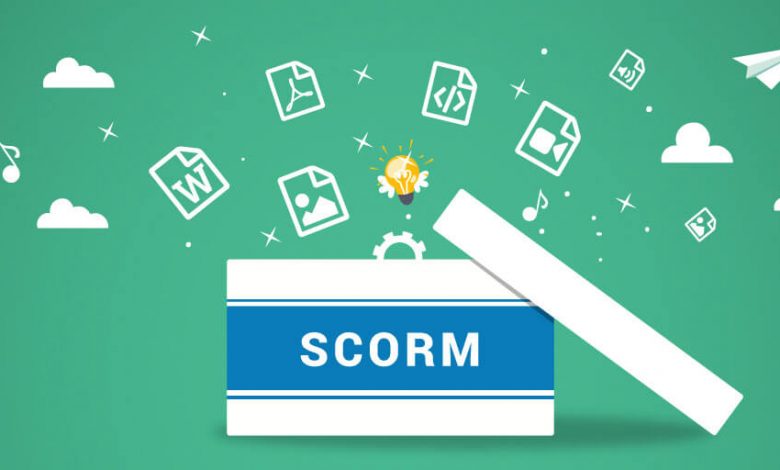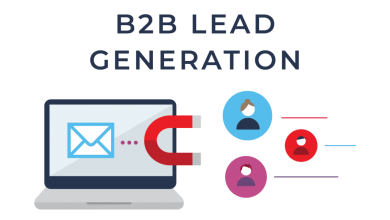
SCORM or Sharable Content Object Reference Model is a set of guidelines and specific technical requirements that allow e-learning course designers to construct and exchange courses on numerous different platforms. SCORM also enables e-learning administrators to track and evaluate their students’ performance progress and use that information to improve the learning experience.
Table of Contents
SCORM Compliance
Many platforms generated and marketed their material, which was only accessible with their LMSs when eLearning was initially becoming a flourishing market.
This arrangement meant that whatever was generated on one LMS was trapped in it for course developers and users, irrespective of how effectively that LMS operated.
The Department of Defence’s Advanced Distributed Learning Initiative developed the SCORM specifications in part to regulate the sector and enable compatibility across a variety of design tools and learning management systems.
It makes more sense to look at what SCORM refers to in two pieces to fully visualize what it means, so here they are;
Shareable Content Object – SCORM-compliant content may be shared across applications and systems. This is analogous to having a universal plug for all electrical equipment.
The Package Interchange Format is a Zip folder that comprises all of the information needed for a SCORM compatible LMS to distribute and administer the course prepared with SCORM authoring tools.
Reference Model – This notifies you that there is a design in place, complete with standards and regulations that must be followed. This results in industry-wide uniformity.
Simply said, if you use a SCORM compatible course writing tool or a SCORM compliant LMS native course builder, you may launch the course on just about any SCORM compliant LMS. Your course material will run on a variety of platforms with no modifications, and you’ll be able to monitor the data collected from your learners.
SCROM Compliance for LMSs
An LMS that is SCORM compliant follows the guidelines given out by SCORM. You may submit a SCORM-compliant program and it will operate flawlessly within that system, enabling learners to access your material.
While searching for your ideal LMS, it is important to look for the LMS’s SCROM compliance; especially the versions SCROM 1.2 and SCORM 2004 so that you can create and submit material that is compliant and runs smoothly.
The ability to monitor data within the modules is among the biggest benefits of utilizing SCORM.
-You can use SCORM to keep track of:
-The program’s overall grade
-Outcomes of the tests and quizzes
-Unique learner responses
-Pages that are visited and for how long have they been visited
-Evaluating each unit or goal
-Learners’ progress, allowing them to pick up where they left off
-Passing, failing, completion, or incompletion overall statuses of each learner
You can quickly examine how trainees are engaging with your material if you use SCORM to collect and track data which will help you make improvements in future courses so that the learning experience is smooth and knowledge gaps are filled.
Pros of SCORM;
-SCORM features a plug-and-play feature that enables a single-time course authoring and dissemination across a wide range of devices.
-E-learning developers have a wide range of writing tools and learning management systems to select from, allowing them to discover the best match for their requirements without compromising the capacity to share information globally.
-Using SCORM as the mandated industry-standard ensures that material is allowed by most of the platforms, whereas non-SCORM compliant material gets denied.
-Creators may be certain that their work will be delivered error-free thanks to a SCORM-compliant system.
-SCORM compliant LMSs have a lot of tools and features that help you make your courses more interactive and engaging.
Cons of SCRUM;
-Technological improvements have arisen to challenge SCORM’s supremacy in the industry.
-Implementing SCORM compliance today may not seem right since courses may need to be redesigned in a few years.
-Some SCORM material, particularly videos, may be unstable for Apple iOS users since it was designed with Flash in consideration and performs poorly when HTML5 is used instead.
-Authoring software may be rather costly, and some of them have a steep learning curve. If creators require training, this will be an extra cost.
-Mobile compatibility is not SCROM’s strongest area of operation.
Conclusion
SCORM-compliant content can help you upgrade classic static training materials and make them more interactive and engaging. Interactive material like live interactive walk-throughs makes it easier for users to comprehend new systems and finish training programs, rather than trying to promote acceptance using typical text-based lessons, which makes SCROM compliance of your LMS is pretty important.
Follow Techwaver for more!


